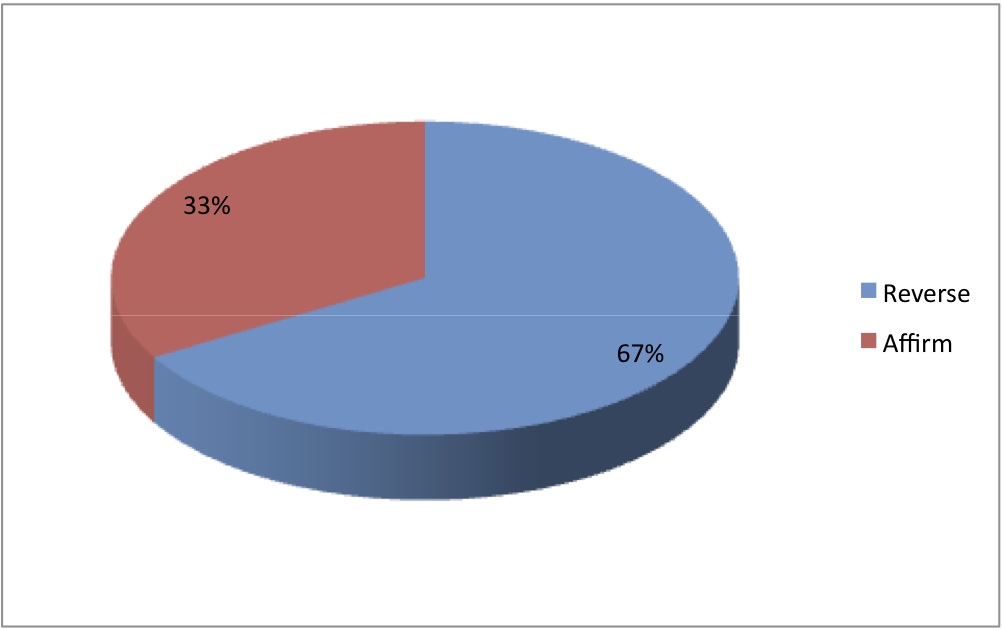Ilya and I just finished our final rounds of edits, and uploaded the article to SSRN.
Opening Pandora’s Box? Privileges or Immunities, The Constitution in 2020, and Properly Extending the Right to Keep and Bear arms to the States
Here is the abstract:
The purpose of this article is to provide a roadmap to welcome the Privileges or Immunities Clause back into our modern constitutional jurisprudence. The Slaughter-House Cases “sapped the [Privileges or Immunities Clause] of any meaning” but the Supreme Court now has the opportunity correct this mistake. Heeding Justice Thomas’s call, we “endeavor to understand what the framers of the Fourteenth Amendment thought” the Privileges or Immunities Clause meant, and seek to restore that original meaning. This framework ensures that the Privileges or Immunities Clause is not manipulated to constitutionalize certain modern “rights” that lack deep roots in our nation’s history and traditions. No, the Constitution cannot be properly read to protect positive rights. Pandora’s box will thus remain sealed.
This article proceeds as follows: In Part I, we discuss the history of the Privileges or Immunities Clause starting with the Articles of Confederation and continuing through the Clause’s untimely demise with the Slaughter-House Cases, its re-emergence in legal scholarship, and its potential rebirth in Supreme Court jurisprudence. In Part II, we discuss the meaning of the Second Amendment as it relates to the states by considering District of Columbia v. Heller and subsequent litigation.
In Part III, we explore the Progressive vision of the Privileges or Immunities Clause as it fits into the “Constitution in 2020” paradigm. This model recognizes rights according to national and international consensus, evolving standards, and the enactment of so-called landmark legislation. We show why privileges or immunities serves as the desired weapon of choice to achieve the “Constitution in 2020” by way of its superiority over Substantive Due Process and Equal Protection. Through the Privileges or Immunities Clause, progressives seek to reconceptualize the provision of education, health care, welfare, and other positive entitlements as inviolable constitutional rights. Thus, Pandora’s Box is cracked ajar, with all manner of governmental guarantees and policy preferences spewing forth.
In Part IV, we contend that the Second Amendment could be incorporated through the Due Process Clause, though this approach is historically deficient. In light of Justice Antonin Scalia’s opinion in Heller, and applying modern selective incorporation jurisprudence, the Court is likely to find that the Second Amendment is “necessary to an Anglo-American regime of ordered liberty” and should thus be extend to the states.
In Part V, we show that, instead of dutifully treating the Second Amendment as it has almost all the other parts of the Bill of Rights, the Court should find the underlying rights to be among the privileges and immunities directly protected by the Fourteenth Amendment. Accordingly, this article is not so much concerned with why the Second Amendment should be incorporated but instead provides the Court a roadmap to protecting the right to keep and bear arms for defense of person and property through the Privileges or Immunities Clause. Indeed, the notion of “incorporation” would have been anachronistic, and considered a constitutional deviation at the time of the Fourteenth Amendment’s ratification. Historical accounts of the ratification debates reveal that the Privileges or Immunities Clause was meant to protect both more and less than the Bill of Rights. Thus reconceptualized, the clause should be viewed not as a mechanical incorporator of the first eight amendments, but rather as a limitation of the power of the states to infringe certain liberties. In 1868, these liberties were referred to as privileges or immunities.
What are these privileges or immunities, and what relationship do they have to the Second Amendment? To resolve this query we answer Justice Thomas’s call in Saenz, and seek to “understand what the framers of the Fourteenth Amendment thought that it meant.” We propose extending the Glucksberg framework for recognizing substantive rights that are deeply rooted in our nation’s history and traditions to understand how privileges or immunities were understood in 1868. By applying the Glucksberg test and adapting Judge Diarmuid O’Scannlain’s opinion in Nordyke v. King, we find that the right to bear arms for the defense of person and property – independent of its enumeration in the Second Amendment – was considered a privilege or immunity of citizenship in 1868.
Part VI concludes by echoing Justice Thomas and implores originalists not to shy away from the Privileges or Immunities Clause for fear that it will become the camel’s nose of positive rights into the constitutional tent. Instead, resurrecting the Privileges or Immunities Clause can continue the process of aligning the original meaning of the Constitution with the protection of our most sacred liberties. This process will also eliminate the “current [state of] disarray” of our Fourteenth Amendment jurisprudence. Failing to take control of the Privileges or Immunities narrative invites an alternative vision of the Fourteenth Amendment that further departs from the original meaning of the Constitution. Now is the time, and McDonald is the case, to advance an originalist vision of the Privileges or Immunities Clause. Only by correcting the historical record and claiming it for our own can we keep Pandora’s Box sealed.

